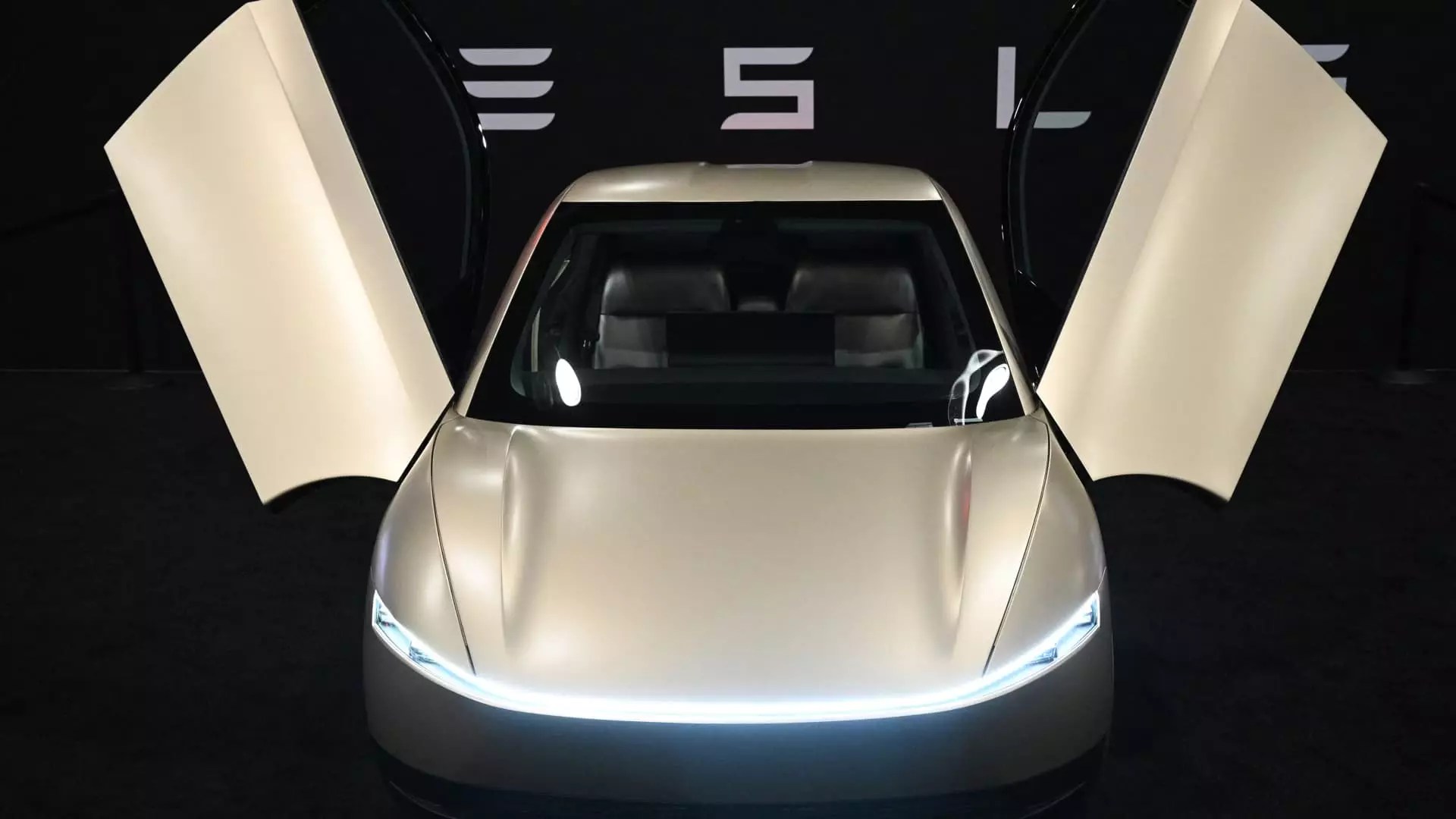For nearly a decade, Elon Musk has held up a tantalizing vision of the future—one where Tesla vehicles glide through the streets as autonomous robotaxis, swayed only by the strength of advanced software. However, reality has consistently fallen short of this promise. What we see today is far from a driverless utopia. Instead, Tesla’s so-called Full Self-Driving (FSD) feature is a nuanced blend of automation that necessitates user vigilance and involvement. In truth, while FSD showcases stunning engineering capabilities, it presents a glaring gap between aspiration and actual functionality, leading to an unsettling tension among users: balancing hope with caution.
The Reality of “Full Self-Driving” – A Confusing Misnomer
Branding such an intricate technology as “Full Self-Driving” is an audacious move, and perhaps a strategic miscalculation. The essence of the feature—essentially an advanced driver-assistance system—can mislead consumers into believing their Tesla is equipped for complete autonomy. Tesla’s own documentation underscores the need for constant driver attention, an imperative that many users neglect. While the technology performs admirably under optimal conditions, it routinely falls into hazardous territory when faced with unpredictable driving scenarios. With the stakes so high, the poignant irony hangs in the air: how can a system marketed as “full” self-driving still demand vigilant human oversight?
The Dependency Dilemma: Users Ignoring Alerts
Disturbingly, a segment of Tesla owners demonstrate a concerning trend of ignoring these warnings. While the car’s features enable automation in navigation and traffic response, many enthusiasts indulge in a dangerously cavalier attitude, attempting hands-free operation despite clear advisories. This reckless behavior not only invites danger for the, often distracted, driver but raises grave questions about the platform’s role in encouraging such attitudes. It seems Musk’s ambitious messaging may have unintentionally crafted a generation of users unprepared for the complex realities of driving, relying too heavily on technology instead of honing their own skills.
The Legal and Ethical Quagmire
The consequences of these operational choices manifest starkly in the realm of public safety. FSD-related incidents, including severe accidents, have ignited debates surrounding accountability and the ethical implications of automated driving systems. As fatalities linked to Tesla’s systems rise, the discourse around corporate responsibility intensifies. Should Tesla be held liable for accidents where users overestimate the capabilities of their vehicles? Or is the onus on owners to understand the limits of their technology? The moral implications are convoluted but pivotal; the more advanced this technology becomes, the murkier the waters of responsibility become.
The Financial Fallout: Trust Eroding Amidst Declines
Tesla’s stock performance often reflects its public perception, and the latest reports paint a troubling picture. A staggering 36% drop in value over the first quarter of 2025, alongside declining vehicle deliveries, indicates that investor confidence is faltering. The connection between Musk’s political endeavors and public discontent is hard to ignore. His polarizing rhetoric, coupled with the fallout from anti-immigrant sentiments associated with his affiliations, has driven a wedge between Tesla and a segment of the consumer base. When longtime supporters start exhibiting brand disloyalty, it begs the question: what happens to a company reliant on a devoted fanbase when that faith is shaken?
A Glimmer of Hope – But is it Enough?
Even as skepticism mounts, the upcoming launch of a driverless ride-hailing service in Austin presents Tesla with an opportunity to regain its footing. Analysts from Piper Sandler cautiously note that this initiative could renew hope among investors, reminiscent of the excitement that originally surrounded Tesla’s ambitions. Yet, as they prepare to unveil their vision, many remain circumspect. The promise of a fully autonomous fleet in mere months, especially when juxtaposed against previous timelines that fell flat, begets an atmosphere steeped in uncertainty. Is this unveiling an attempt to alleviate pressure, or genuinely marching toward a transformative leap?
The journey Tesla has taken to revolutionize transportation isn’t in question; it’s their approach that warrants scrutiny. Will they adjust their strategy to bolster reliability, safety, and ultimately, public trust? Or will the allure of innovation overshadow the priority of accountability? There’s more at stake than financial implications—this is about trust in technology that increasingly permeates our everyday lives. As the future beckons, Tesla has a complex path ahead.


Leave a Reply